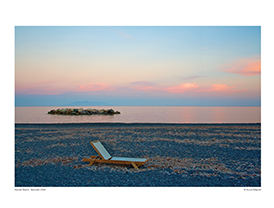 Please tell us about yourself. I would say I’m a creative person at heart with a strong passion for travel, photography, food and the fine arts in general. I was exposed to photography at a very young age thanks to my father, the late Wilas Bhende, one of India’s leading advertising and industrial photographers. I loved accompanying my father to the studio and observing everything he did from shooting to processing film and making prints in the darkroom. I grew up surrounded by books and material related to the art and as a result, developed a fascination for photography and it’s techniques.
Please tell us about yourself. I would say I’m a creative person at heart with a strong passion for travel, photography, food and the fine arts in general. I was exposed to photography at a very young age thanks to my father, the late Wilas Bhende, one of India’s leading advertising and industrial photographers. I loved accompanying my father to the studio and observing everything he did from shooting to processing film and making prints in the darkroom. I grew up surrounded by books and material related to the art and as a result, developed a fascination for photography and it’s techniques.
I was also fortunate to be exposed to computer technology at an early age. In 1981, my father got me a Sinclair home computer and I was instantly addicted. Back in those days there was no mouse or graphical interface and I was keen to find a way to convert my drawings to the computer screen. This involved learning a programming language and after going through several books, I managed to figure out a way to write software for creating graphics and imagery on the computer. When my father noticed my enthusiasm, he kept upgrading the computer technology (like he did with his own camera equipment) and exposed me to various platforms. When I was 10 years old, as a thank you to him, I even managed to program a billing and printing system software for his studio to replacethe earlier typewriter bills. Unfortunately, my father passed away in 1991 and due toseveral reasons, my love for photography took a back seat.
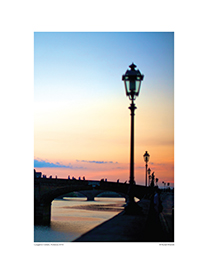
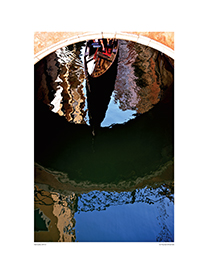
Over the years, my inclination towards the creative arts and computer technology led me to take up Graphic Design as a profession. Being a creative person and and an early adopter of technology, in the early 90’s I was roped in to train the creative directors of several leading advertising agencies on the correct use of software for graphic design andimaging. People often get carried away by technology and end up going overboard with it’s capabilities. One has to keep in mind that technology must be used as a tool, whilekeeping the ‘aesthetics’ of the art intact.
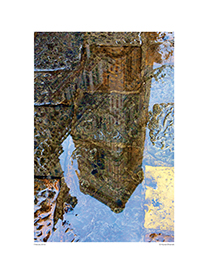
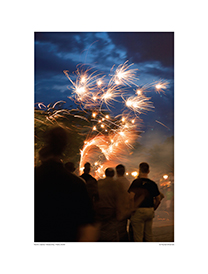
Having also inherited a passion for travel from my father, I started traveling around the world in the late 90’s and began to pursue my love for photography. How did you get into photography and what emotions does photography evoke in your life? I would say watching my father work in the studio, the exposure I had being around him and ultimately having a creative and technological bent of mind, led me to it. Though I never considered taking it up as a profession, it gives me immense creative satisfaction.
I remember starting with the most basic Nikkormat camera and several rolls of B&W and colour negative film. I went around shooting whatever caught my eye, whether it was the gorgeous sunsets from our home overlooking the Arabian Sea or my grandmother sitting on a rocking chair bathed in the afternoon light coming through the window. I took a keen interest in understanding and learning the complete process of photography, including developing film using the appropriate chemical processes and finally making prints in the darkroom with an enlarger. It was not only taking the photograph that I found exciting, but also the process that followed.
When I started travelling, I shot hundreds of rolls of film and found that my eye loved to observe visuals and scenes in a more artistic manner. I remember as a teenager, during a trip to London with friends, they could not understand why I was taking pictures ‘with no people in them’. They thought I was mad and actually ran and stood in the frame every time I pulled out my camera. A shot of an empty bench didn’t make sense to them at that point. You are a fine-art photographer. What exactly is fine-art photography? How do you define it?
For me a fine art photograph is one that is created by the photographer with the vision of an artist. Everyone sees the world differently, whether it is how they see life or view their surroundings. Therefore it is only natural that every person’s eye will capture things differently. I like to create visuals that make a person think and wonder if the photograph was indeed ‘painted’. A photograph is as much the creation of a photographer, as a work of art created by an artist with a canvas and paintbrush. How is fine-art photography different from, say, landscape photography? After all, even a landscape photographer can create a landscape to express his perceptions and emotions.
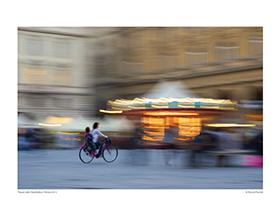
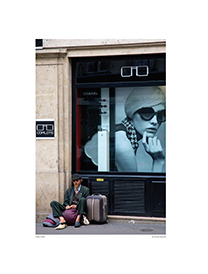
Absolutely. Landscape photographs do make great fine art prints but again it’s important that the photographer who captured it can explain his vision There has to be some emotion that got triggered in his mind that made him capture what he saw. And it’s not limited to the beauty of a landscape alone. An expression of a single face in a crowd or the angles of the corner of a building or a reflection in a small pool of water can evoke a similar emotion in a photographer. These captured visions are as much a part of fine art photography.
What points do you keep in mind whilst ‘creating’ a fine-art photo? Honestly I never go out with a list of pointers or a decision that every photograph I take has to be classified as a fine art photograph. It’s in the moment. When something catches my eye, the camera goes up instantly wanting to capture it. While I am framing the picture, I do like to make sure that I’m checking my angles and making sure everything I want is in the frame.
Quite often, totally out of focus images, and even those that don’t seem to say anything, are put up as ‘fine-art’. What’s your take on this?
Like I have said, everyone has a different eye. What seems to be interesting and evoke an emotion from me will trigger a completely different one from you. It’s exactly like viewing a painting in an art gallery. Everyone takes back what they want from a work of art. So if something is completely blurred, my eye will probably try to find meaning in the blobs or patches of colour. And if I do, then it may well make sense to me while someone else may see it as nothing.
I understand that you try to stay away from manipulating (‘Photoshopping’, if I may call it) your images. Let’s hear your views on this.
I’ve grown up using and understanding the manual way of working with film and that keeps me away from manipulating my images to a great extent. If we managed to capture the most beautiful photographs in the years before digital, with no serious manipulation except for maybe dodging and burning techniques, then why should we do it now? It’s like there’s no real preservation of that moment. Things were captured at a certain time and place and with a certain mood. The image can lose all these factors if we do not know where to draw the line. Basic corrections in exposure, shadows and colours is acceptable depending on what equipment one gets their hands on but beyond that, serious manipulation is doing an injustice to the art. I do understand that in some cases a photographer might want to create a kind of surreal mood that may not be possible in certain conditions, and therefore, may choose to manipulate the image. But when you see a photographers portfolio of work and if every photo is manipulated, then there’s definitely something wrong with that.

